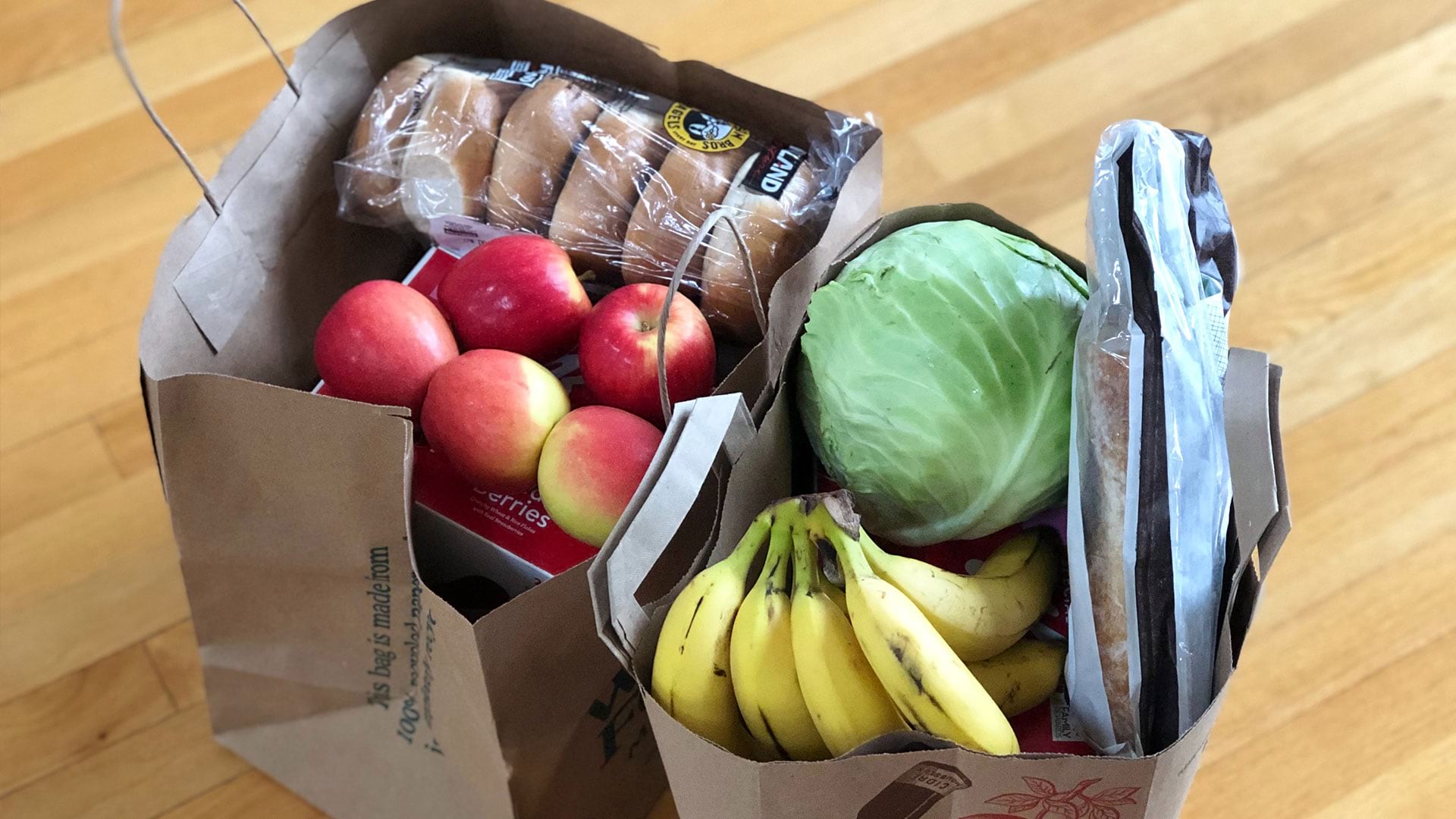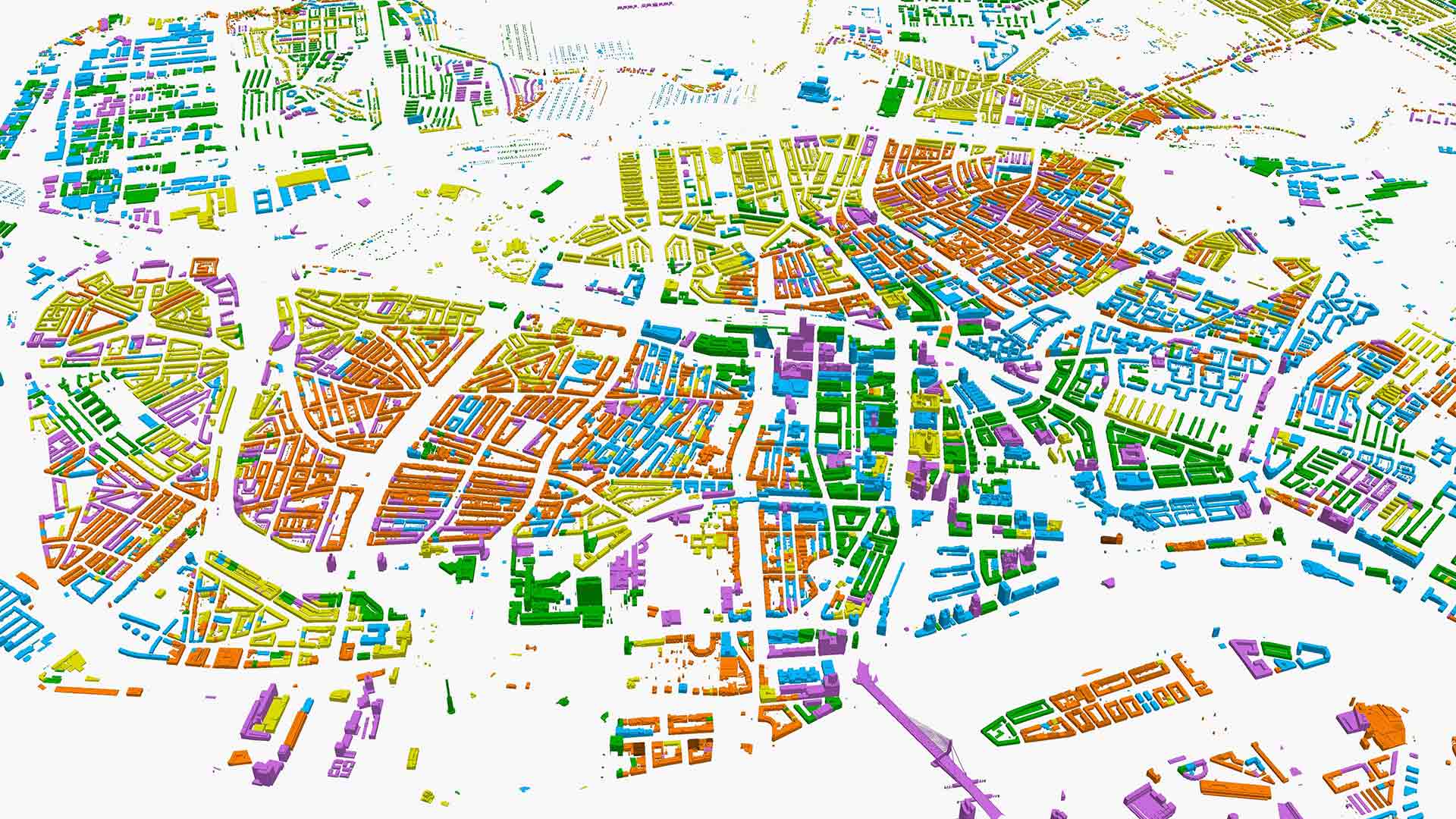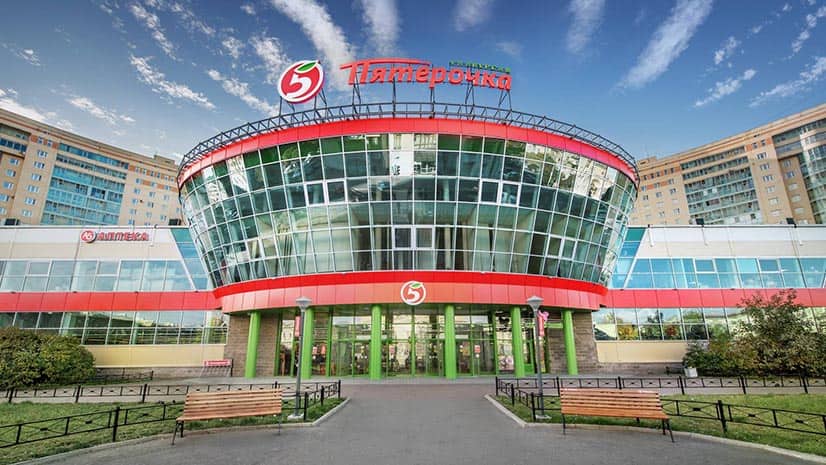With some corporate leaders slowly nudging professionals back to the office, innovative grocers are looking at ways to bring the store to them. It’s all to anticipate the needs of those who have grown accustomed to convenient shopping from home, a trend that began prior to the pandemic and has accelerated since.
Office grocery delivery involves carting food to temperature-controlled lockers positioned at office parks or inside office buildings. Lowes Foods, which has markets in the US South, announced in mid-June it would test the delivery method at a North Carolina office. Deliveries are made three times a week and the grocer texts or emails office workers when groceries are ready for pickup.
With plans to expand office grocery delivery in that state as well as South Carolina, Lowes’ effort to reach customers where they are is part of a larger industry goal. Forrester expects online sales of food and beverages to grow the fastest of any internet retail category—30 percent annually between 2019 and 2024—and to account for 17 percent of all e-commerce sales by 2024. To make office grocery deliveries successful, grocers will need to make new use of the location intelligence they and other retailers have long used when analyzing the potential for new stores.
During the COVID pandemic, forward-thinking retailers used a geographic information system (GIS) to manage delivery and pickup orders. Yet, despite delivery’s popularity with consumers, companies are still struggling to make it profitable—just ask any of the brands delivering hot food to doorsteps.
Geographic thinking will be essential to making the endeavor convenient for customers and profitable for grocers.
With GIS technology, business planners can discern which offices have enough workers who are likely to become delivery customers. Once a supermarket chooses its office locker locations, the technology can suggest the best distribution routes for food, while providing operational awareness about when and how the lockers are being used. A GIS dashboard can even alert managers to issues related to temperature control or other anomalies.
While the trend of office grocery delivery is new, the primary methods enabling it are not. GIS-based site selection and delivery execution are core to any retail expansion. Such techniques can uncover a reliable network of customers and provide a plan for getting goods to them, efficiently and profitably.
Office Grocery Delivery and the Industry’s Swift Shift
Lowes’ office-based delivery service isn’t without precedent. In 2019, the Hy-Vee chain established grocery lockers for employees of hospitals in Iowa and South Dakota. In 2017, Peapod had a short-lived experiment putting refrigerated lockers in Washington, DC, Metro stations for consumers to pick up orders during their commute.
Scott DeGraeve, a former executive with Peapod and now COO of e-commerce firm Locai Solutions, told Grocery Dive that the success of innovations such as grocery lockers relies on location and speed. Off-site lockers, he says, need to be in heavily trafficked areas while staying close to fulfillment centers so that workers can stock them successfully and cost-effectively.
That means choreographing a complex—and location-driven—dance involving stores, vendors, and workers to ensure that the initiative is boosting the bottom line in a razor-thin-margin industry.
GIS can eliminate guesswork by showing where anonymous groups of people are spending their time and when. A grocery executive can use GIS to analyze anonymized foot traffic data showing activity at prospective office locations. That intel can be paired with data about demographics and psychographics, and the information can be layered onto a map showing where it might be wise to invest in a locker location.
The analysis is not unlike an employer assessing the talent pool near a possible office location. In that scenario, a GIS analyst can provide insight on demographics, academic degrees, and career tracts of the local population, along with commute times and amenities that appeal to employees. The result is a decision-support tool for choosing the best locations.
For office grocery delivery, selecting ideal sites is the first step. Ensuring that goods can be cost-effectively ferried from nearby stores or distribution centers is the next step. In that analysis, proximity and response times matter, and those factors are clearly visible on maps. GIS technology already creates the fastest routes for package delivery companies such as UPS, creating routes that keep costs low, goods fresh, and truck emissions to a minimum.
Other industries have followed their lead, from health care to high-tech manufacturers.
Using Location Insight from Locker to Table
How will stores manage the complicated process of delivering groceries to shoppers where they work? One leading technology company offers clues. With a presence in more than 130 countries, the firm keeps spare parts and technicians near customers in case a critical fix is needed within a four-hour window. To monitor it all, the company uses a GIS-based digital twin of its operations. Analyzing customer locations and drive times, the system automatically assigns customers to the best warehouse location to fulfill part demand.
For grocers, location intelligence can help determine where best to serve office workers when planning the positions of lockers and fulfillment centers. One twist with office grocery delivery is the potential for office professionals to be working hybrid schedules. Here again, anonymous human-movement data on a GIS smart map illustrates the ebb and flow of office activity, helping grocery executives adjust delivery and staffing schedules as well as routes.
This level of location intelligence could produce a recommended distribution radius based on delivery frequency, refrigeration needs, and the travel time of trucks moving between lockers and fulfillment centers.
If—like many of today’s intelligent vending machines—lockers are equipped with sensors or customer feedback devices, operations managers can monitor a location-based dashboard showing usage patterns, alerts, and pending deliveries.
When all those pieces come together efficiently, the grocer will have an effective new service offering and an office worker will have dinner and milk for the morning, all before leaving the office.
The Esri Brief
Trending insights from WhereNext and other leading publicationsTrending articles

December 5, 2024 |

July 25, 2023 |

November 12, 2018 |

February 1, 2022 |

July 29, 2025 |

July 14, 2025 |





